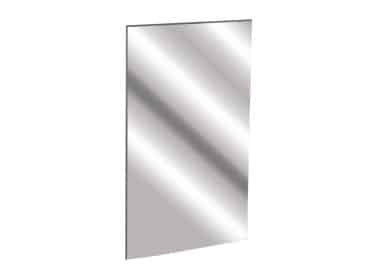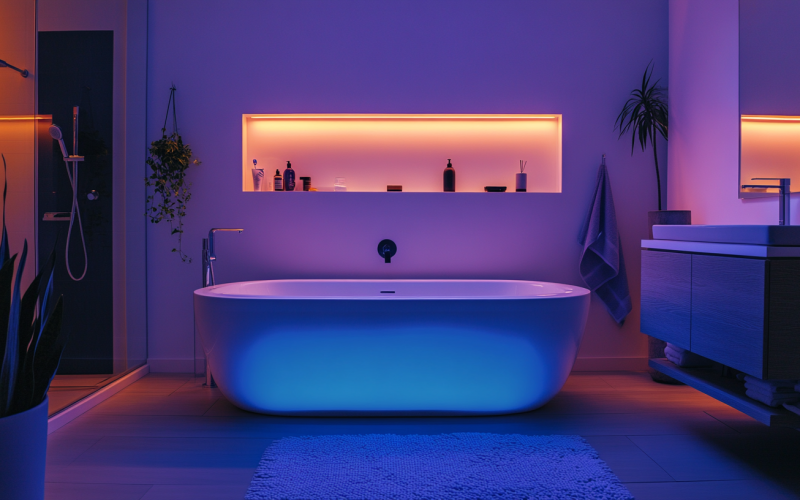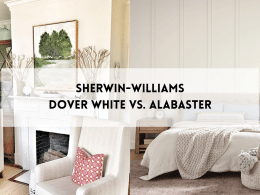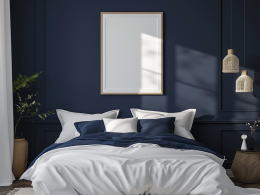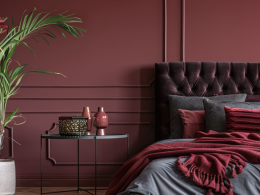When remodeling or decorating your home, the paint you choose plays a big role in creating a healthy living environment. Traditional paints can release harmful chemicals that affect your health.
By choosing non-toxic interior paints, you can create a safer and more comfortable space for you and your family. Here’s a guide to help you make the best choice.
What Are Non-Toxic Interior Paints?
Non-toxic interior paints are made with fewer or no harmful chemicals, such as volatile organic compounds (VOCs). VOCs are chemicals that can evaporate into the air and may cause health problems like headaches, allergies, or respiratory issues.
Non-toxic paints are designed to be safer for people and the environment. They are often labeled as low-VOC or zero-VOC and use natural or less harmful ingredients.
Benefits of Non-Toxic Paints
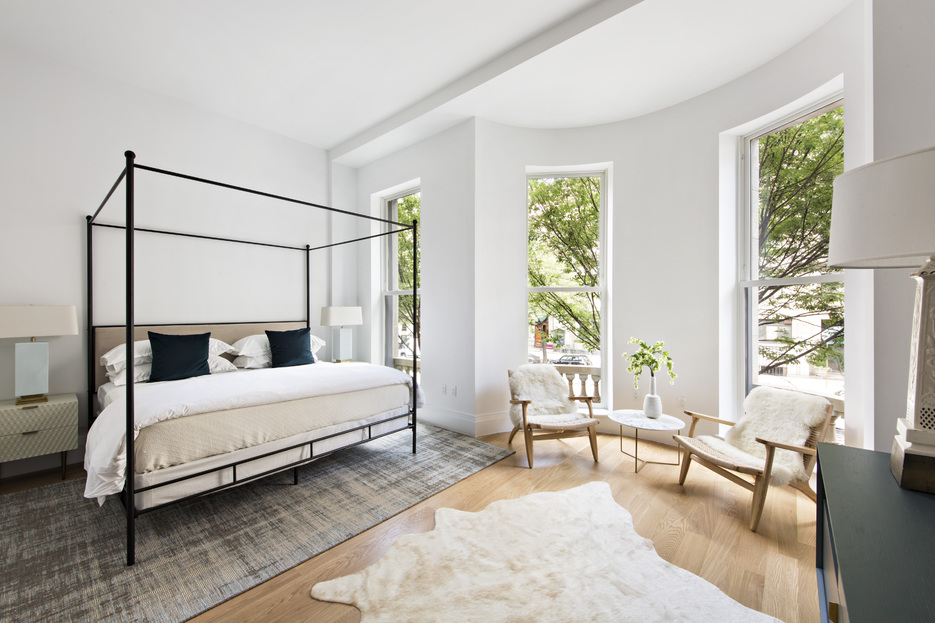
Better Air Quality: Non-toxic paints have fewer chemicals that can off-gas into the air, improving indoor air quality. This is especially important for people with allergies or respiratory conditions.
Reduced Health Risks: By avoiding paints with harmful VOCs, you reduce the risk of headaches, dizziness, or other health issues related to chemical exposure.
Eco-Friendly: Many non-toxic paints are made with sustainable ingredients and are better for the environment. They often have less impact on the planet compared to traditional paints.
How to Choose Non-Toxic Interior Paints
Look for Low-VOC or Zero-VOC Labels
When shopping for paint, check the label for VOC levels. Low-VOC paints have fewer chemicals, and zero-VOC paints have no harmful chemicals at all. These are the best options for a healthier home.
Check Ingredients
Some paints may still contain harmful ingredients even if they are labeled as low-VOC. Look for paints that use natural or plant-based ingredients. Avoid paints that list toxic substances such as formaldehyde, heavy metals, or strong solvents.
Choose Water-Based Paints
Water-based paints are generally less toxic than oil-based paints. They use water as the primary solvent, which means fewer chemicals are released into the air. Most non-toxic paints are water-based.
Read Reviews and Ratings
Before purchasing paint, read reviews from other users. Look for comments about the paint’s odor, application, and overall quality. Paints with good reviews are often more reliable and easier to work with.
Consult with Professionals
If you’re unsure about which paint to choose, ask an experienced painting professional for advice. Painters or home improvement experts can recommend non-toxic options based on your needs and preferences.
Tips for Using Non-Toxic Paints

Ventilate the Area
Even though non-toxic paints are safer, it’s still a good idea to ventilate the room while painting. Open windows and use fans to help air out any residual fumes.
Follow Application Instructions
To get the best results, follow the manufacturer’s instructions for application. This will ensure that the paint adheres properly and performs as expected.
Test for Allergies
If you or your family members have allergies or sensitivities, consider testing the paint on a small area first. This can help you determine if there are any adverse reactions before you commit to painting the entire space.
Store Paint Properly
Store leftover paint in a cool, dry place. Make sure it’s sealed tightly to prevent it from drying out or releasing any fumes.
Recommended Non-Toxic Paint Brands
Here are a few non-toxic paint brands that are well-regarded for their safety and performance:
Benjamin Moore Aura: Known for its low-VOC formula and excellent coverage.
Farrow & Ball: Offers paints made with natural ingredients and low VOC levels.
Behr Premium Plus: Provides zero-VOC options that are durable and affordable.
ECOS Paints: Specializes in non-toxic, zero-VOC paints with a wide range of colors.
Conclusion
Choosing non-toxic interior paints is a smart decision for creating a healthier living environment. By selecting paints with low or zero VOCs and natural ingredients, you can improve indoor air quality, reduce health risks, and contribute to a more sustainable home. Use these tips to guide your selection process and enjoy a fresh, safe, and beautiful space.




